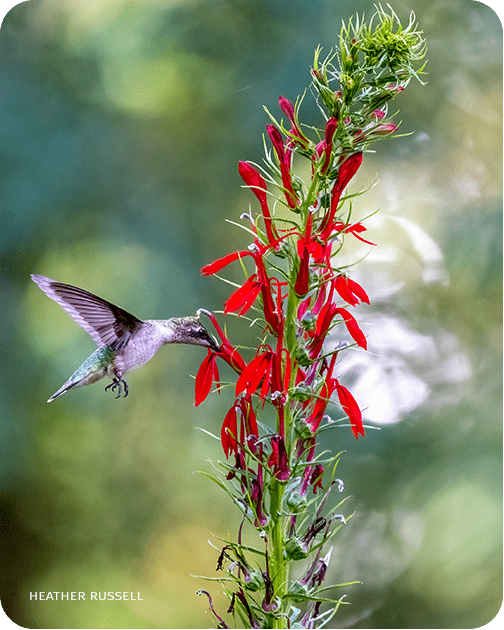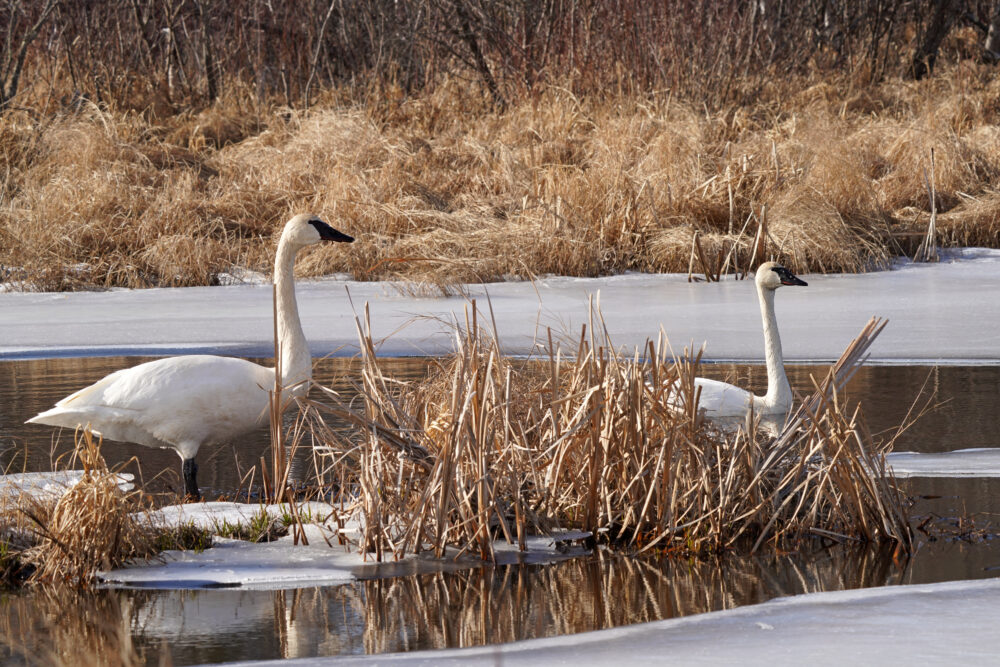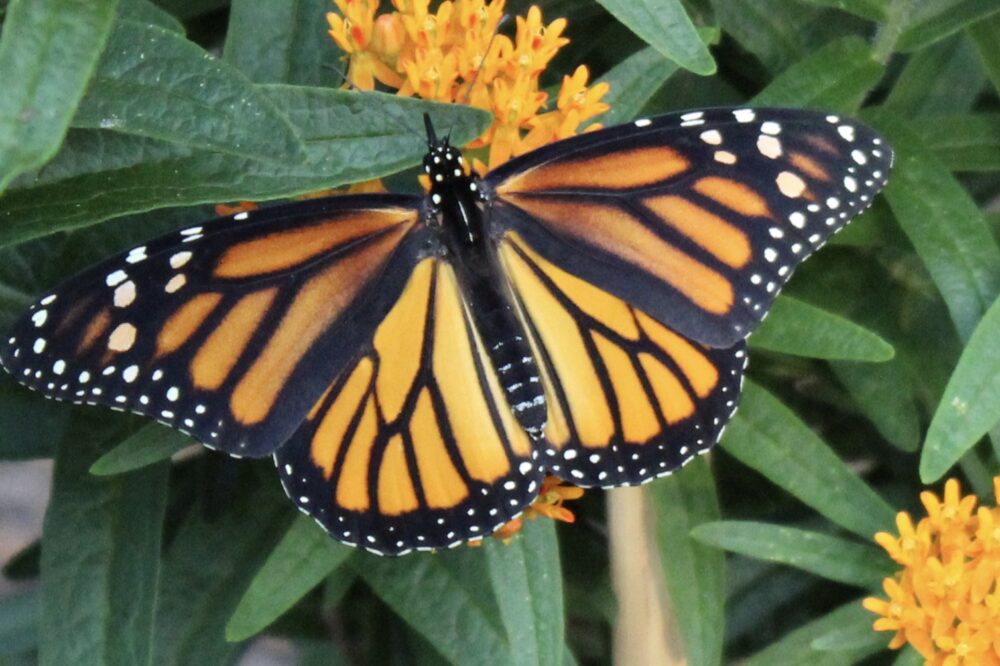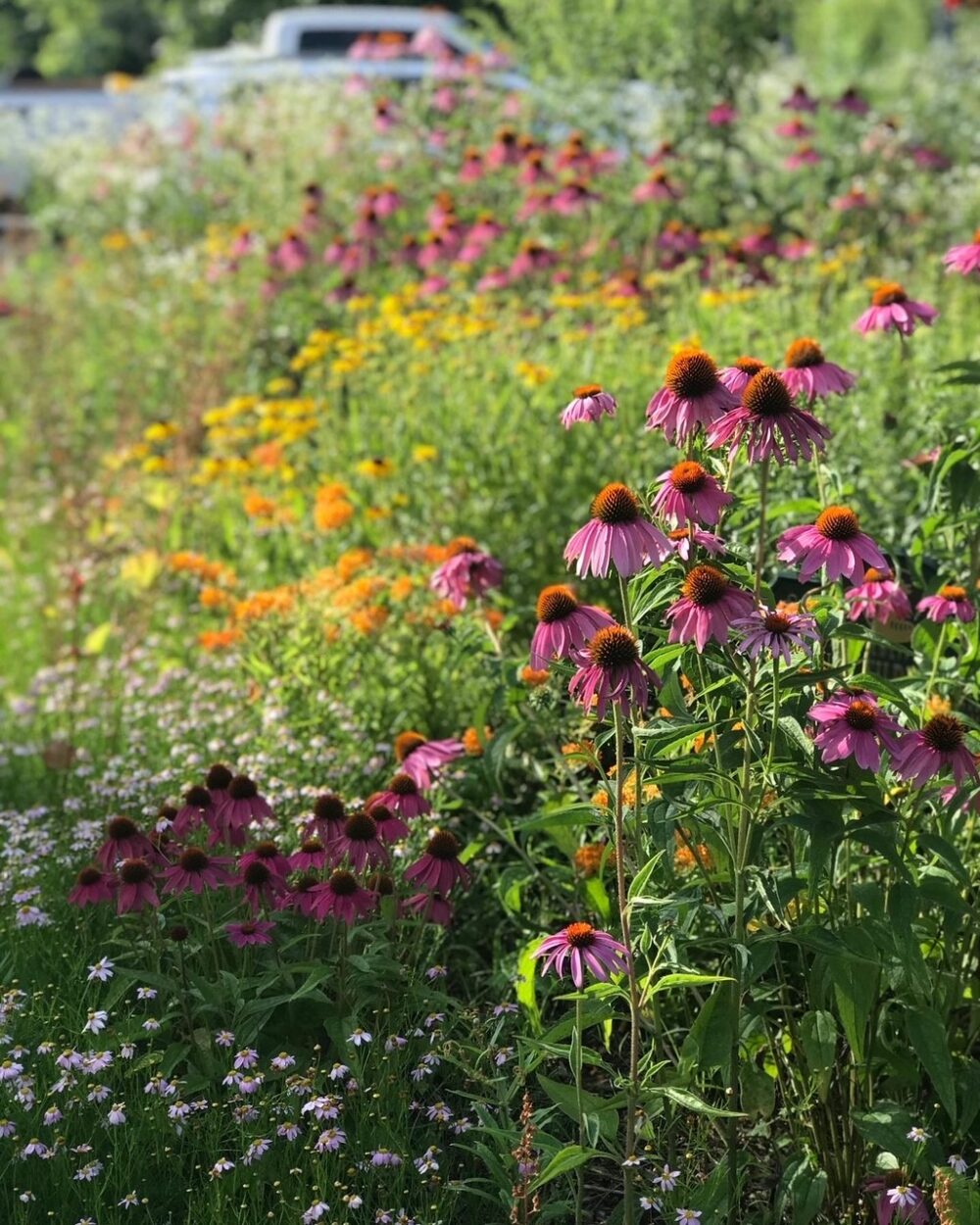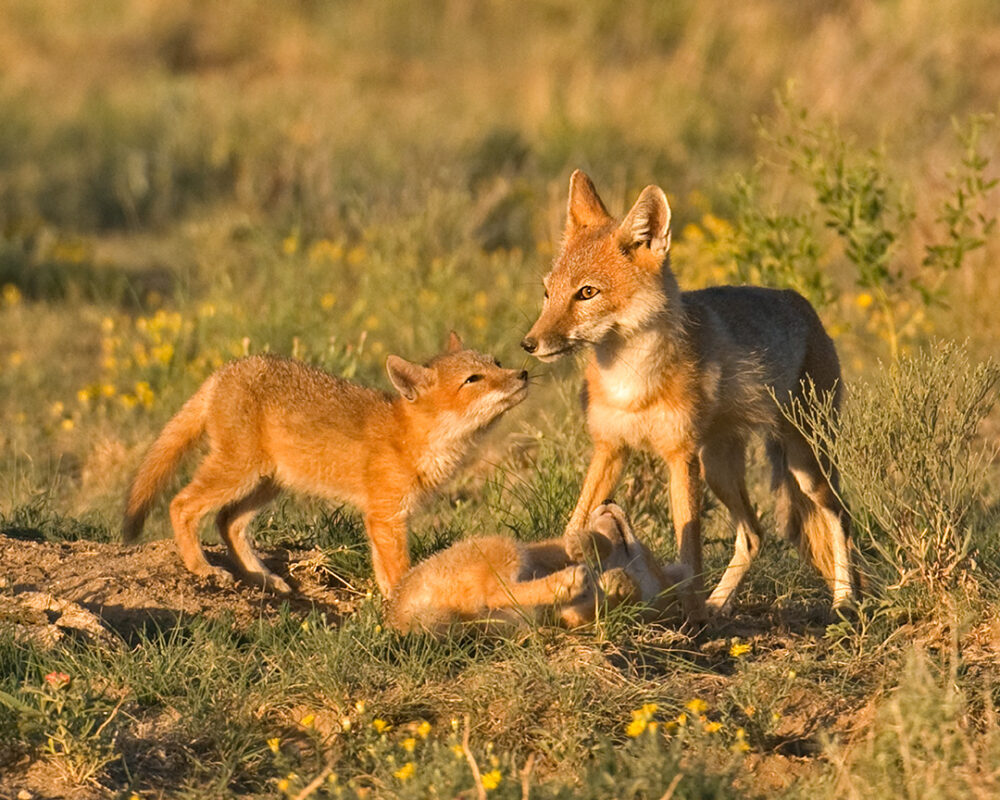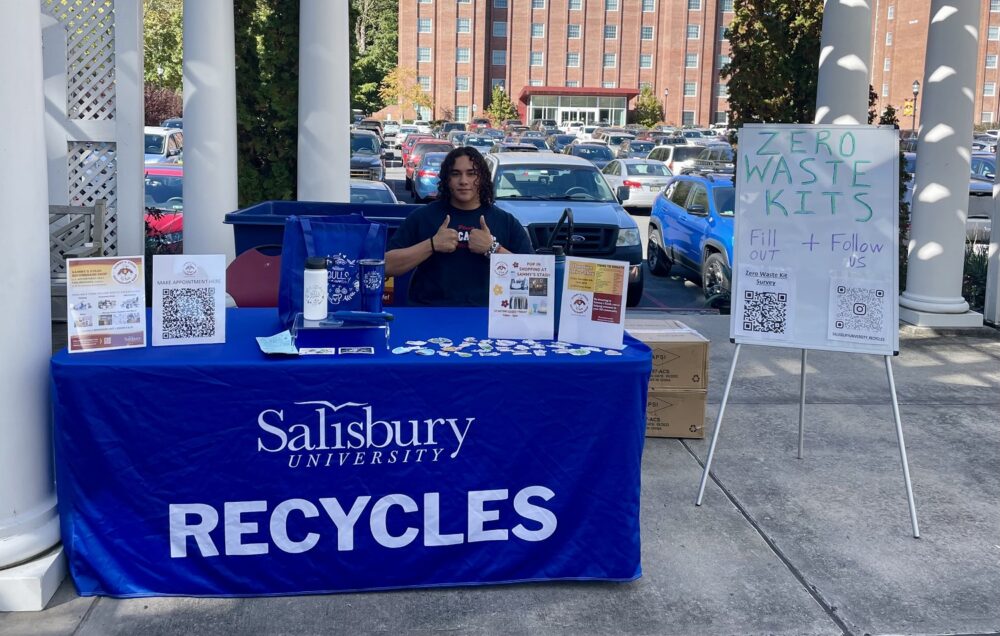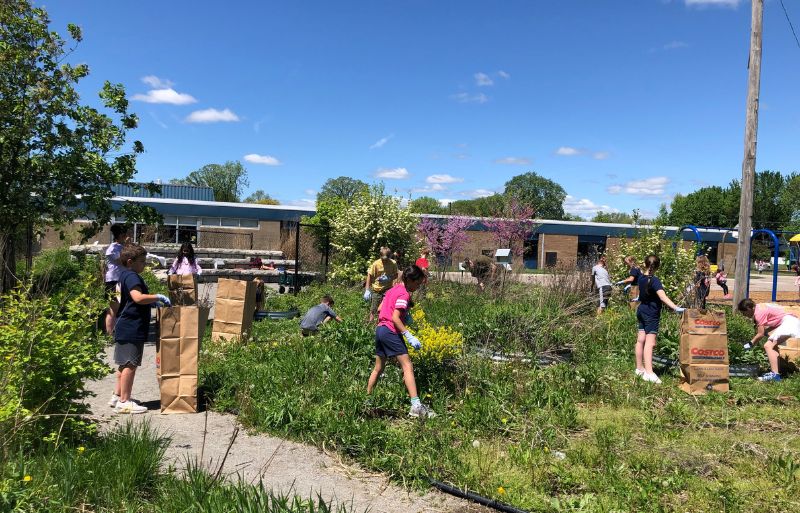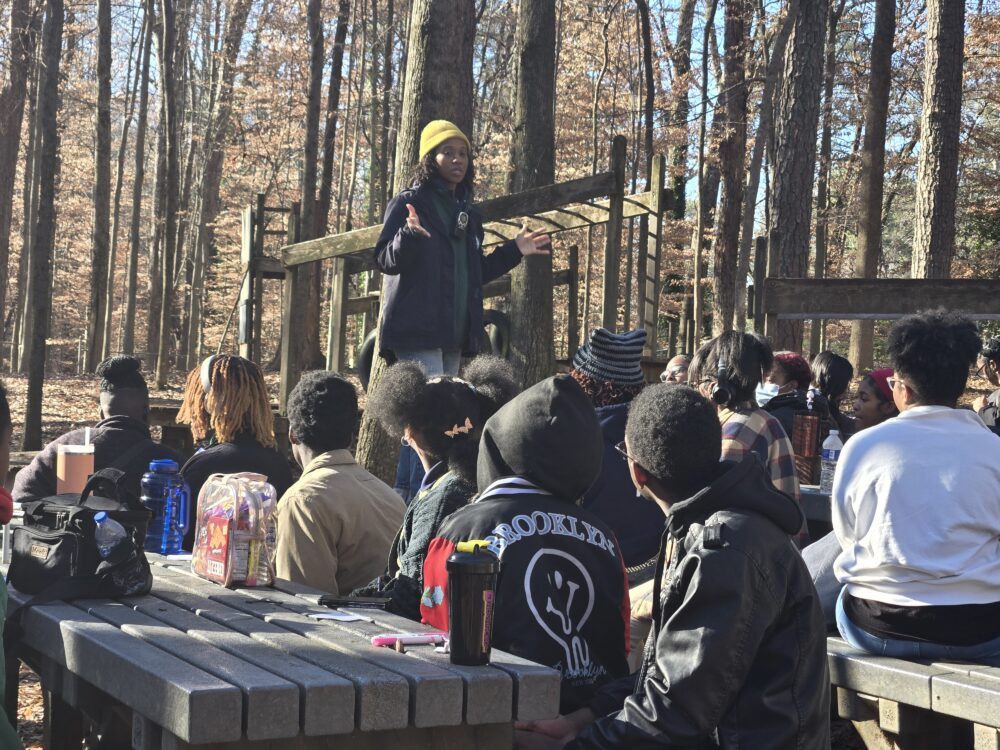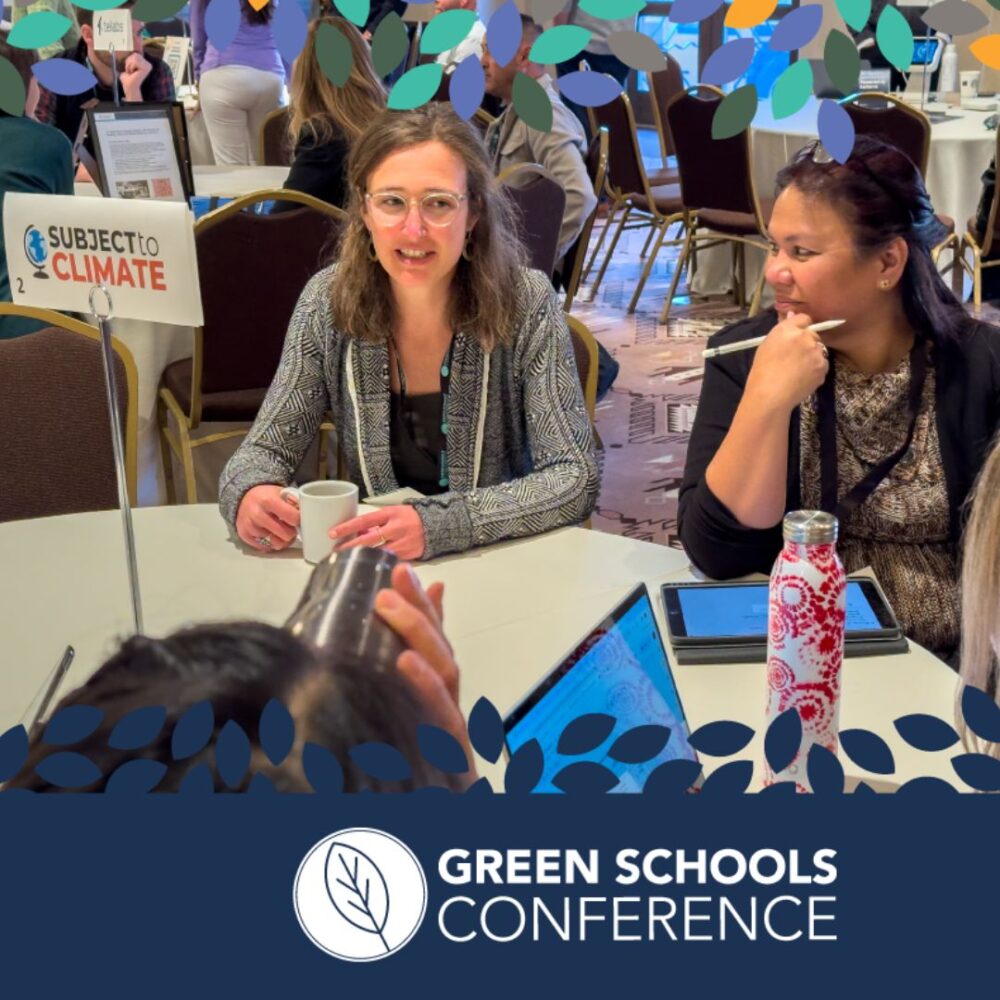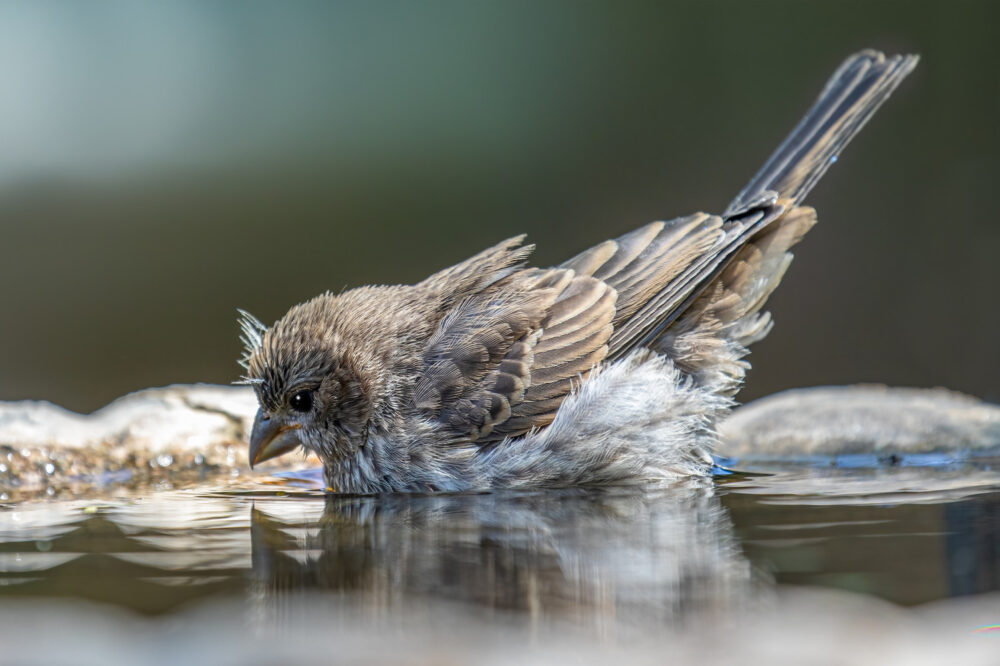We have much more to do and your continued support is needed now more than ever.
Welcoming Fall to Your Schoolyard Habitat
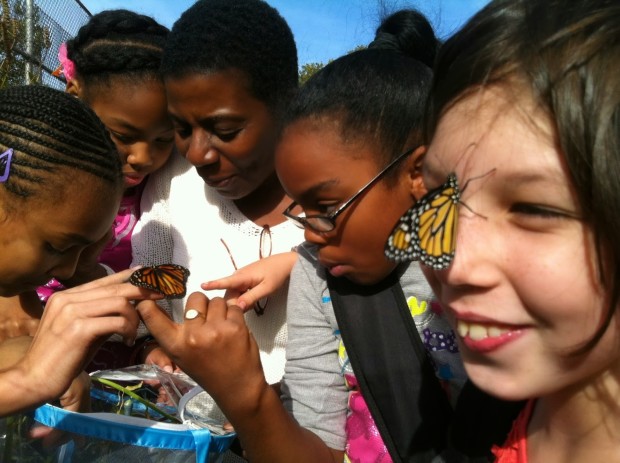
Many migratory pollinators actually time their migration to match the flowering and fruiting of various food plants. These migration corridors are often called “flower highways” and provide food to fuel these long migration flights.
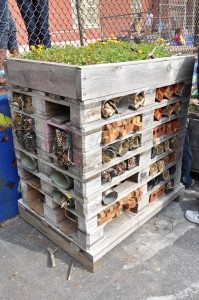
Many of the plants that bloom in the fall are well adapted to provide our late-season pollinators with plenty of food, with clusters of hundreds of small flowers each with its own cup full of nectar. Plants such as New England Asters, Sedums and Swamp Milkweed are just a few examples of fall plants for your schoolyard habitat. Of course you will want your students to research what pollinators are in your area and what native plants would be best for your Schoolyard habitat.
Schools in New York City such as PS 146 – the Brooklyn New School, and PS 41 – the Greenwich Village School, are working hard to provide habitat for local pollinators and other wildlife species. Everything from large sedum plantings on a rooftop garden, bug hotels and providing milkweed for monarchs, these schools are helping to support wildlife as they prepare to migrate south or get ready for winter. As well students are learning the importance of our pollinators and the role they play in our own food sources and survival.
Learn more about NWF’s Schoolyard Habitat program and how you can get involved.



